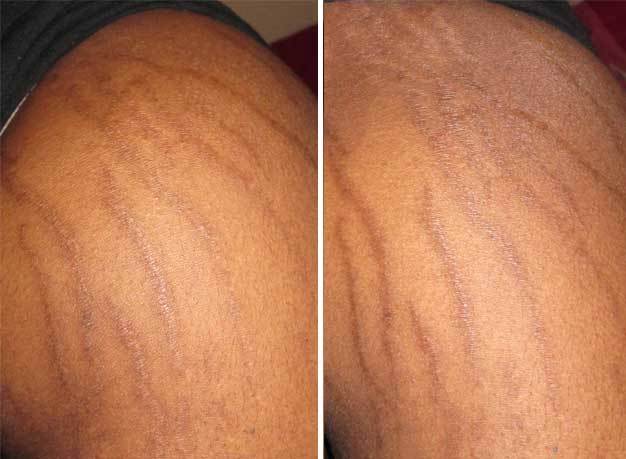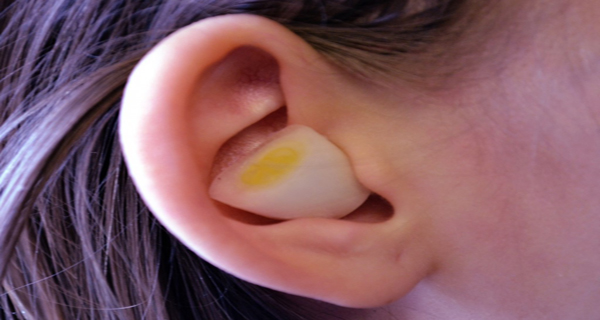Love Matters & Lifestyle

- Super User
- Category: Love & Lifestyle
- Friday, 09 September 2016 16:29
Top 10 stretch mark myths debunked...
Stretch marks, medically known as striae, are smooth, white, scar-like lesions that usually occur due to rapid stretching of the skin. They often develop during pregnancy, sudden weight gain or loss, and adolescence. Several common misconceptions about stretch marks make it difficult to gain a better understanding of this problem. So, you need to be equipped with the correct knowledge to deal with this problem properly. Here are the top 10 myths about stretch marks.
Myth #1: Stretch Marks occur only in women
Fact: Stretch marks are a natural effect of pregnancy and hence believed to occur only in women. About 90% of women get stretch marks during pregnancy, particularly after the sixth or seventh month. But stretch marks occur in men, too. Basically, stretch marks appear when the elastin fibers beneath your skin break due to rapid stretching over a short period of time. Thus, apart from pregnancy, stretch marks can also appear due to sudden weight gain or loss and growth spurts during puberty.
Myth #2: Stretch marks are caused only by stretching of skin
Fact: Stretching of the skin is the most common and obvious reason for developing stretch marks, but it is not the only cause. The dermis layer of the skin is strong and has good supportive and protective material. However, hormonal factors tend to prevent or decrease the formation of elastin fibers and collagen in the dermis. This reduces the skin’s ability to withstand the force of rapid stretching, which in turn makes you more susceptible to developing stretch marks. This usually happens due to elevated levels of glucocorticoids and other hormones. The adrenal gland increases the production of this hormone during pregnancy, puberty, bodybuilding, and rapid weight gain or loss.
Myth #3: Stretch marks only occur on the stomach
Fact: Though the stomach is the most common location for stretch marks, mostly because of pregnancy, they can also appear on other parts of the body such as the breasts, thighs, calves, buttocks, lower back, upper arms, and elbow and knee creases.
Myth #4: Losing weight will help you get rid of stretch marks
Fact: Just because weight gain and obesity cause stretch marks does not mean that they can be eliminated through weight loss. Losing weight will not help you get rid of stretch marks as they are basically scars on the dermis layer of the skin. Moreover, they are caused by the thinning and overstretching of the middle layer of skin and losing weight will not help it return to normal. Nevertheless, exercise can be of some help when stretch marks are fresh (that is, they are red or pink).
Myth #5: Skinny people cannot get stretch marks
Fact: This is not true because stretch marks often develop due to hormonal and genetic factors. Pre-teens and teenagers, for instance, can get stretch marks due to hormonal changes, regardless of their weight. Though rare, certain health conditions such as Marfan syndrome, Cushing’s syndrome, and prolonged use of topical corticosteroids can also cause this problem.
Myth #6: Stretch marks do not change color
Fact: Stretch marks initially appear as red, pink, or reddish-brown lines. This is actually the color of blood vessels showing through the tearing of the dermis (middle layer of skin). Gradually, as the blood vessels contract, the reddish streaks go on to become white or silvery lines due to the pale-colored fat beneath the skin. They may even fade over time. Furthermore, the color of your stretch marks also depends on your skin tone.
Myth #7: Tanning removes stretch marks
Fact: Tanning just covers up the stretch marks. It does not eliminate them. In some cases, it can even make the stretch marks appear worse, especially the ones that are white in color. Mature silvery-white colored stretch marks become more visible after tanning because it darkens the surrounding skin but not the stretch marks, which are basically scars and scar tissue does not tan.
Myth #8: Health insurance covers treatments for stretch marks
Fact: Stretch marks are a cosmetic concern and do not pose health risks, even if severe. Thus, treatments for stretch marks such as laser surgery, microdermabrasion, and other cosmetic procedures are usually not covered by health insurance.
Myth #9: Stretch marks can be eliminated completely
Fact: Although stretch marks can fade and lighten with certain treatments and remedial measures, they cannot be eliminated completely, no matter how expensive the treatment may be. Even laser therapy cannot remove these marks completely, but it can reduce their appearance significantly. In rare cases, stretch marks below the belly button can completely disappear when abdominoplasty (a tummy tuck) is performed to remove excess skin and fat from the abdomen.
Myth #10: Drinking adequate water and eating a good diet have no effect on stretch marks
Fact: Drinking eight to 10 glasses of water a day and eating a healthy diet can help prevent stretch marks from occurring. Adequate hydration is good for your skin as it improves the skin’s elasticity. Plus, a nutritious diet rich in protein, zinc, and vitamin C facilitates skin rejuvenation and promotes the production of collagen that keeps your skin firm. However, these steps will not ensure complete immunity from stretch marks, especially if you are genetically predisposed to develop this problem.
Source: top10homeremedies.com

















































































